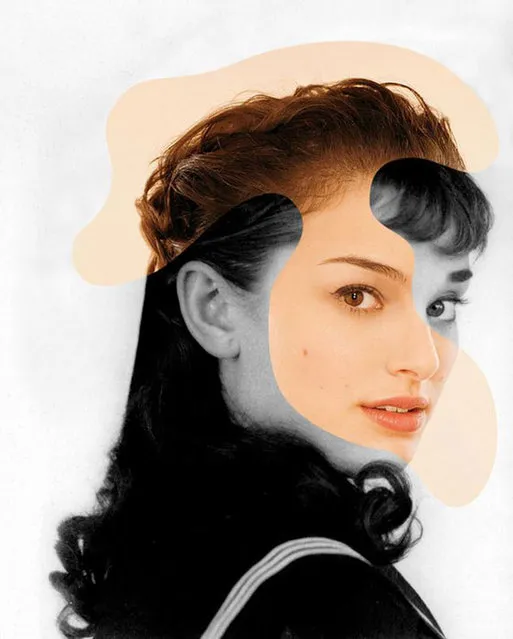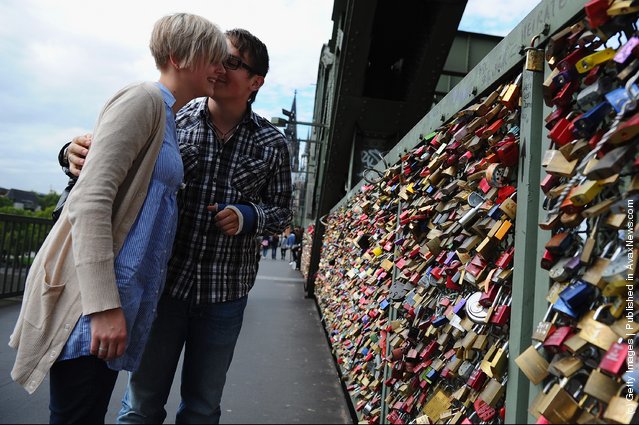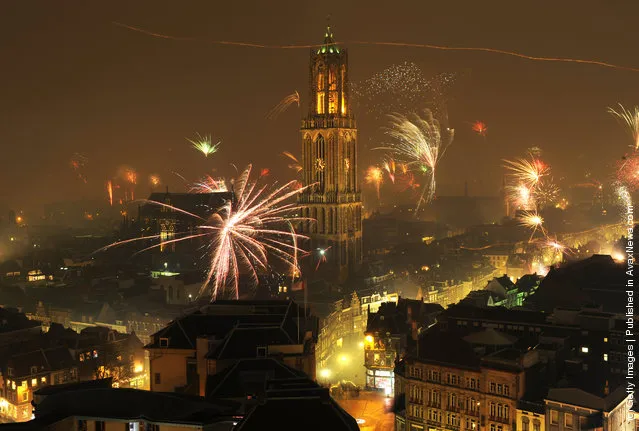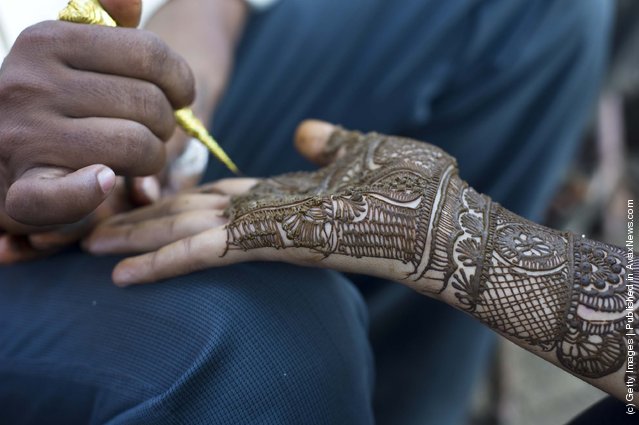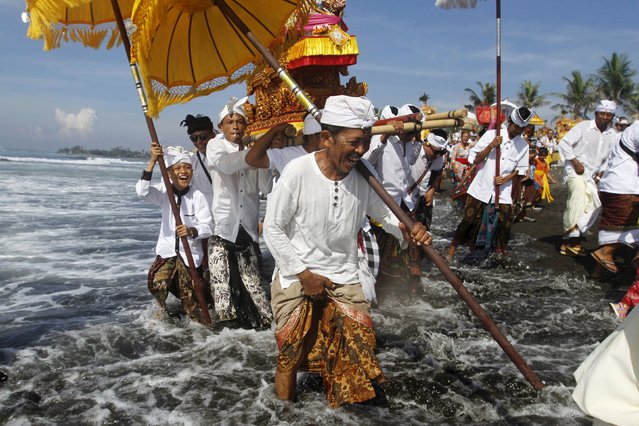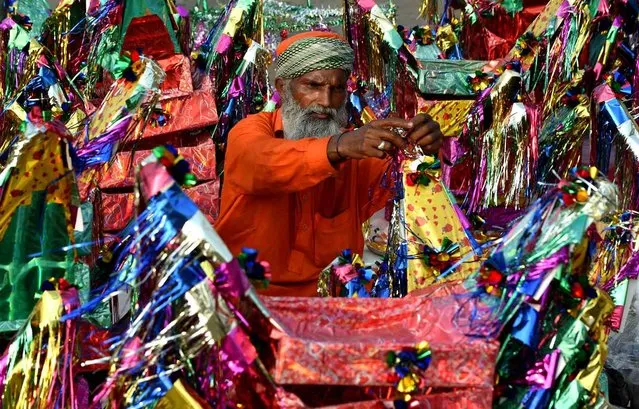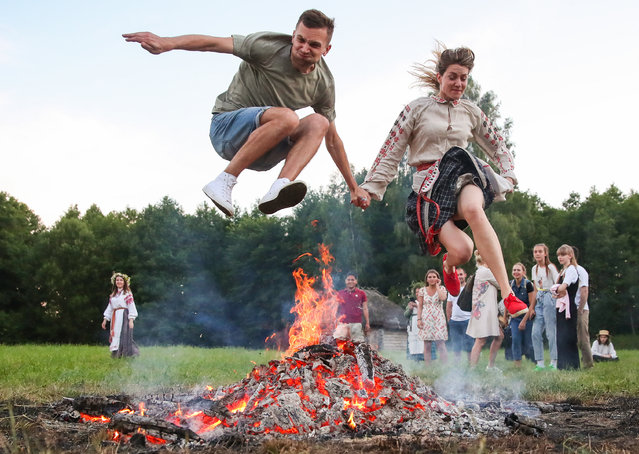
Marialuisa Tadeis sculpture is very large compared to a life size octopus. The sculptures are made of steel and concrete. They are then turned into a mosaic using hand cut glass. The texture is bumpy because of the mosaic but is smooth on the glass. The main idea behind the sculpture is to explore spiritual and symbolic representation.
22 Apr 2014 10:57:00,post received
0 comments

